New Report on Ten Years of Land Banking in New York Offers Compelling Metrics of Success, Useful Lessons, and a Lot of Inspiration
Center for Community Progress
MARCH 16, 2023
By Tarik Abdelazim , Director, National Technical Assistance, Center for Community Progress Before I came to Community Progress, I spent eight years in public service in my hometown, Binghamton, New York. Supporting Workforce Development Goals. Is your community struggling with vacant, abandoned, and deteriorated properties?

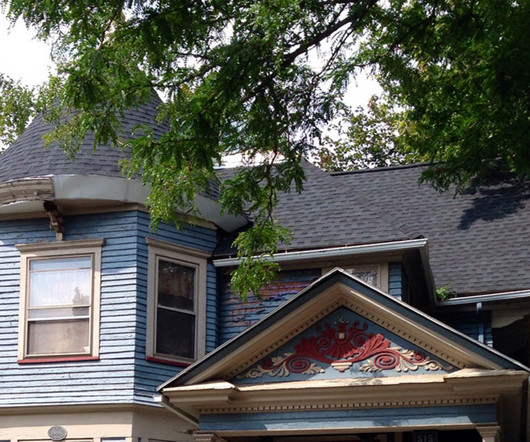
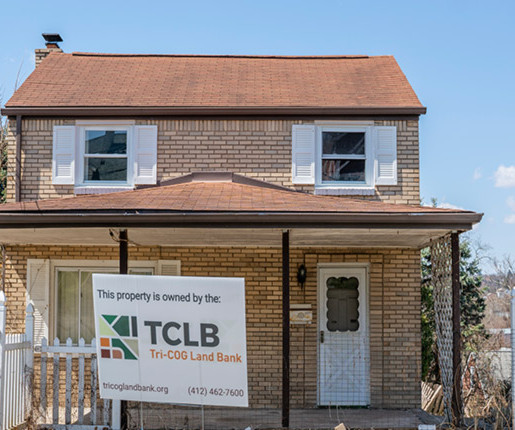
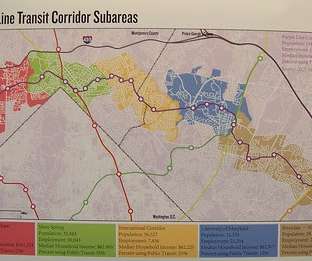
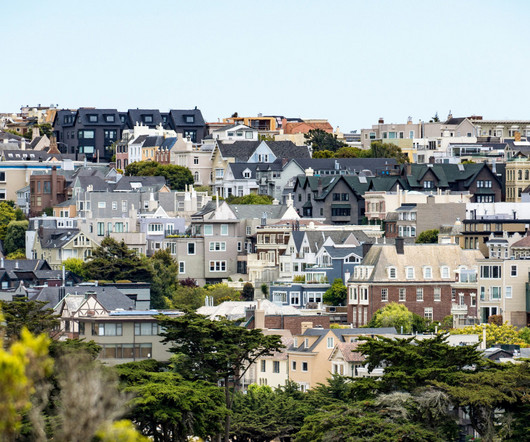
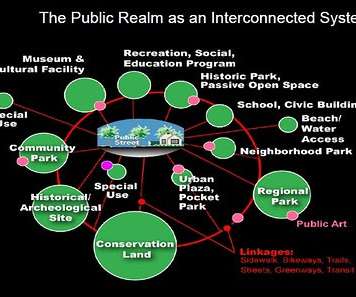
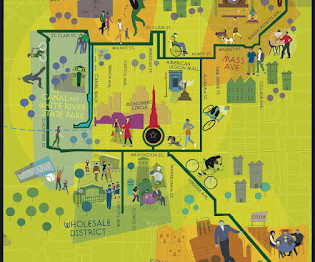
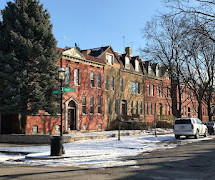






Let's personalize your content